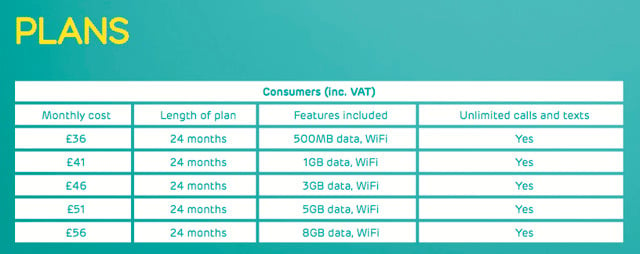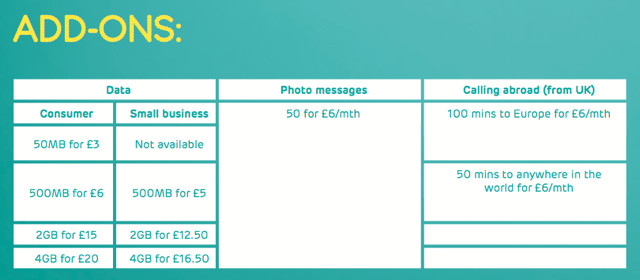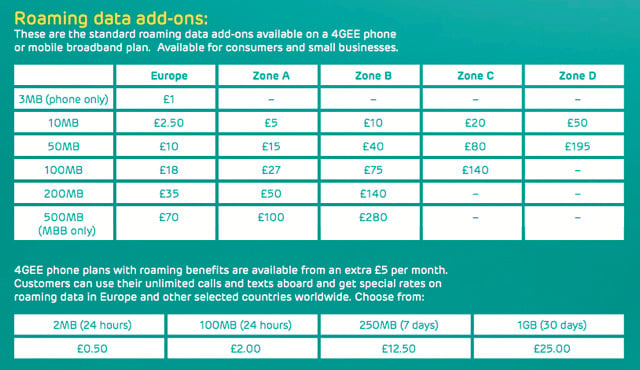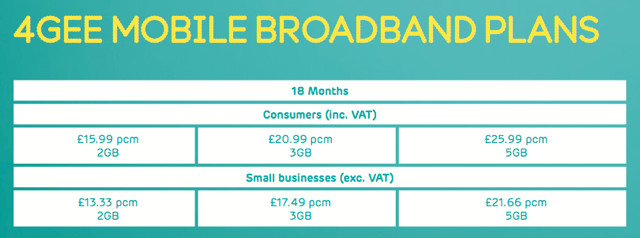Original URL: https://www.theregister.com/2012/11/01/ee_4g_lte_network_review/
EE 4G LTE review
Very high speeds - if you can pick up a signal
Posted in Networks, 1st November 2012 10:02 GMT
EE’s LTE network went live this week, opening its 1800MHz band to the public and becoming the first, and currently only, one of the major operators to offer a 4G service.
It has a six-month lead, give or take, on rivals Vodafone and O2, which have to await the outcome of Ofcom’s 800MHz and 2.6GHz frequency auctions before they can roll out their own 4G services. Three is set to gain part of the 1800MHz band anyway, though EE doesn’t have to hand any of it over until September 2013 and then a second section a year on from that.
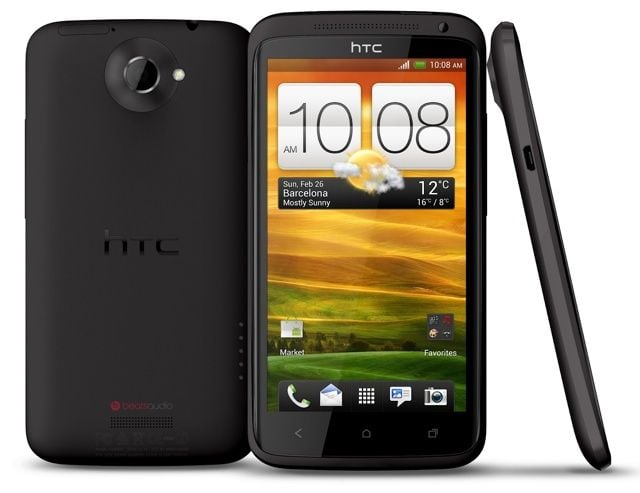
Test bed: HTC's One XL
That leaves EE, for now, the only game in town for the highest data speeds over cellular. Only data, of course, since 4G doesn’t yet provide voice. For the time being making or taking a call on a 4G phone will force the handset into 3G mode - HSPA, in point of fact - or even 2G if it’s not in a region where 3G is available. Data connections made during a call will likewise only run at HSPA+ speeds.
The other, more crucial limit is the scope of EE’s 4G service: only ten towns and cities, though it’s naturally working to extend that as quickly as it can, the better to build a solid user base before the other operators get in on the act.
Encouraging punters to sign up is all about persuading them that they need the speeds it can offer. To that end, EE sent out a fleet of HTC One XL handsets to journalists last week to allow them to try out 4G.
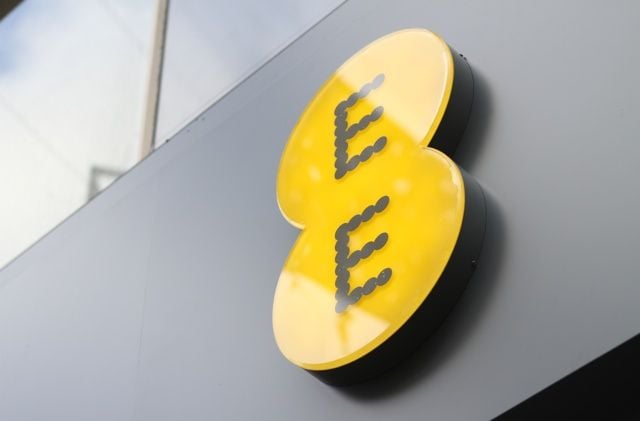
Usually, getting this kind of kit out of companies is akin to sourcing Type O Rhesus Negative from a block of granite, so EE is clearly bending over backwards to encourage hacks to test the network, get some nice, juicy download speeds, and to do so early before the hoi polloi get on and start clogging up its cell stations with their GoogleTweet FacePlus updates.
Just to make sure, it also slipped the testers a wee 200ml bottle of Moët et Chandon - not vintage, mind - to toast the network’s launch. How many reviewers will mention that, I wonder?
With all this in mind, here are the results of the week I spent with the HTC One XL and its EE Sim. It’s a micro not nano Sim, so I was unable to slip it into the iPhone 5 I happen to be using at the moment. I couldn’t do a direct device-to-device comparison, but I have included test figures captured from the Apple handset and the O2 Sim the powers that be at Vulture Central have seen fit to supply their hacks with.

One of the benefits of testing LTE for EE
The iPhone can do not only HSPA+ but also dual-channel HSDPA, but that’s currently only supported by Three. I’ll update the numbers when a Sim from Three arrives.
As a final check, I tested both the iPhone and the One XL on the same Wi-Fi networks and in the same locations. For all my testing, I used Ookla’s Speed Test app, which uses the same ping time, download and upload speed measures as the firm’s widely used Speedtest.net website.
Inevitably with wireless data, you’re making measurements not merely of the core technology’s capabilities but also the network and wireless environment, which can change moment to moment. These are, then, not scientifically rigorous measurements, and with location being so crucial, your own mileage may vary.
High speed, low reach?
So how did it do? Sitting at my desk near, but not next to, the office’s windows, I got 4G download speeds - on two signal bars, by the way - of around 11Mb/s and uploads of 17Mb/s. Out in the street, away from Leicester Square and in the Strand, I clocked up download and upload rates of over 20Mb/s and 10Mb/s, respectively.
All good and on a par with EE’s claimed 8-12Mb/s average download speed. The company also quotes a peak speed of 40Mb/s, but I never got that. And if I moved away from the office windows, further inside the building though with line of sight and no walls in between, I didn’t get a 4G signal at all. The One XL dropped out of 4G and, after a noticeable pause - during which time the test app reported no internet connection - into 3G then quickly to 3G+ and then almost instantly to H+ - HSPA+, in other words.
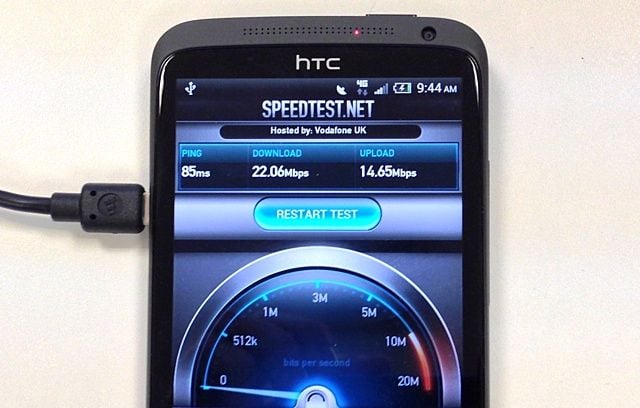
In the right place, the speeds are impressive
This yielded down and up speeds of 1.5Mb/s and 0.5Mb/s, respectively. The iPhone 5 in the same location clocked up 3.5Mb/s and 1.0Mb/s. At my desk, I only got 5.3Mb/s and 0.9Mb/s through O2.
Making or taking a call on the One XL likewise cuts the 4G connection, to run the voice over a 3G link. That limits in-call data connections to the slower speed.
I live in North London a couple of kilometers due north of the centre. Here, I couldn’t get a 4G signal in any of the locations I tried, one in my flat, the other outside a pub four or five blocks away. The One XL’s HSPA+ performance wasn’t at all bad - downloads at 7.7Mb/s, uploads at 2.1Mb/s - but so much for EE’s 4G coverage. For comparison, though, O2 could manage only a poor 1.7Mb/s and 2.3Mb/s in the same locations.
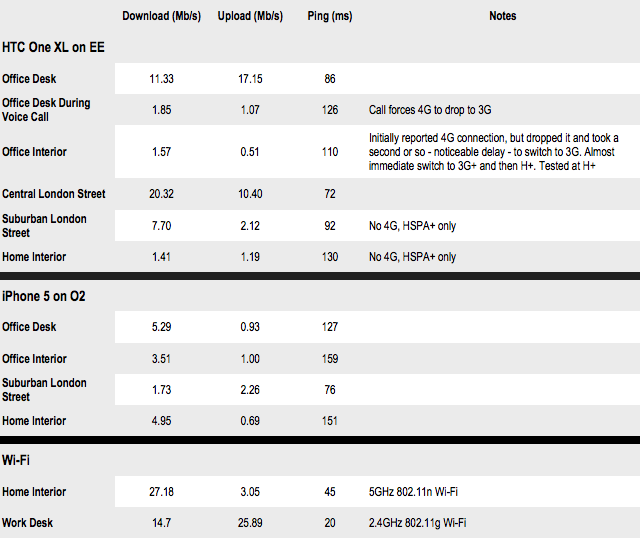
My 5GHz 802.11n Wi-Fi network at home yielded download and upload speeds of 27.2Mb/s and 3.1Mb/s, respectively. At work, I got 14.7Mb/s and 25.9Mb/s on the 2.4GHz band and using 802.11g.
One other point: 4G ought to provide a much lower latency that older cellular technologies. While EE's figures do show an improvement, it's not as great as I would have expected.
There’s more to 4G than speed, of course. You have to consider how much extra it will cost you, for starters. EE’s two-year contracts run from £36 to £56, all of which include unlimited calls and texts, but offer different monthly data allowances, from 500MB to 8GB. You can add 50MB to 4GB extra for £3 to £20, so for £76 a month you can get 12GB of data transfers. You pay roughly 0.7 pence per megabyte. The fees include a handset, of course.
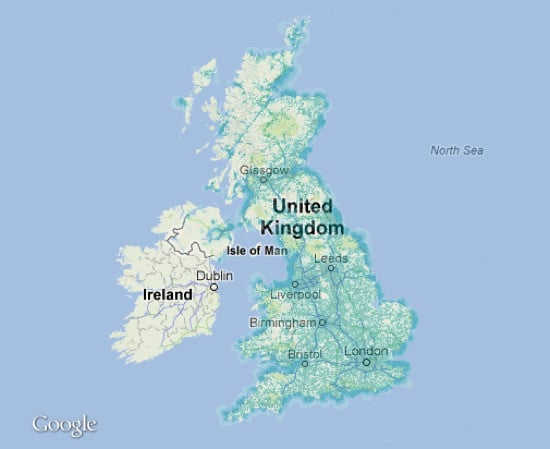
EE's coverage, "based on computer prediction [and] not a guarantee of service availability...
there may be specific areas shown as having coverage where your device will not work". Definitely
The limit is critical: Three, for example, will sell you unlimited HSPA+ data for just £15.90 a month. Your choice then is not merely about speed and how much you’re willing to pay to get it, but how much data you expect to transfer.
Incidentally, Three’s package doesn’t include unlimited calls and texts, but I’d guess that 600 minutes and 5000 texts is effectively more than most folk use and therefore effectively unlimited.
EE will offer 12 month Sim-only phone plans on 9 November, priced at £15 a month less than the two-year deals discussed above. It offers USB and Wi-Fi modems too for laptop usage. EE's roaming rates are par for the course.
Finally, battery life: the One XL died less than 24 hours after it's initial charge. I ran the test app ten times, checked a few websites, set up and checked my email and made a phone call. That's it. Expect to make frequent visits to your charger.
Verdict
What can I say? On the basis of a short test, with very few other users on the same network and a operator-supplied device, EE’s 4G service delivers excellent speeds well in excess of other cellular data technologies but with a crucial caveat: only where it is available. I didn’t have go far into a building and away from the windows to see 4G fall back to HSPA+, or travel far from the centre of town to see the same cut-off.
For the moment, EE’s HSPA+ performance was good - much better than O2, I found, though it’s a much busier network of course. But, were I a punter, I’d want to be paying for 4G not 3G-and-a-bit.
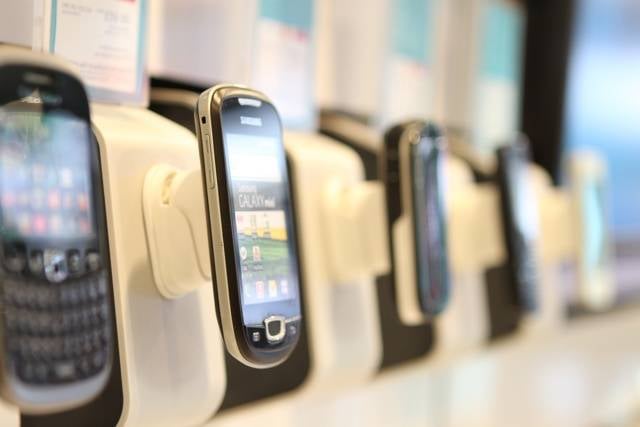
EE offers a range of phones, including the HTC One XL, Huawei Ascend P1, Nokia's Lumia 820 and 920, and the Samsung Galaxy S III
As a consumer myself, I try and use Wi-Fi wherever possible, at home and at work, for the generally better bandwidth it delivers. EE’s 4G can provide me with WLAN-comparable speeds, but not with enough coverage for me to make the switch. When I’m out and about, checking email, looking up web information or pulling down map data, I can live with HSPA+, especially since it’s cheaper. So why pay extra for high speeds now and then but generally the same speeds I’m getting anyway?
I won’t be rushing to use 4G, then, at least not for the time being. EE’s network has the potential to deliver very high broadband speeds, but in too few places. As I said at the start, EE is still building out its network, and coverage can only improve. But there’s little mileage for me in being an early adopter. The Register will continue to monitor EE’s roll-out and, in due course, other operators’ LTE services. ®
